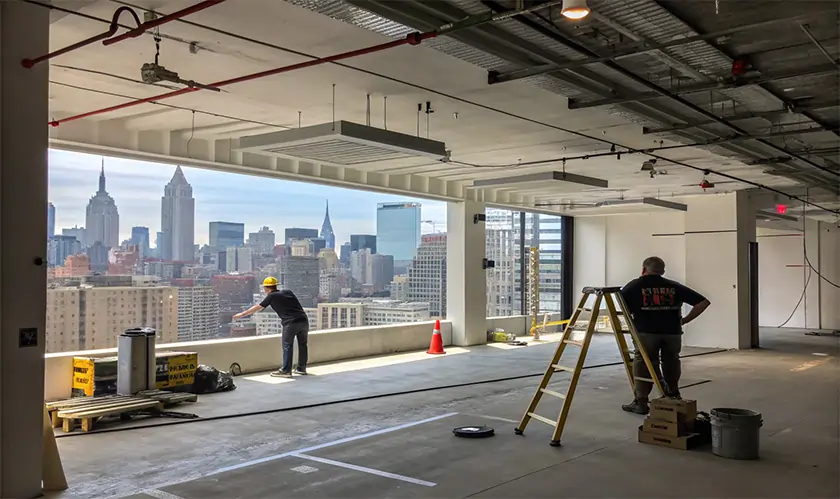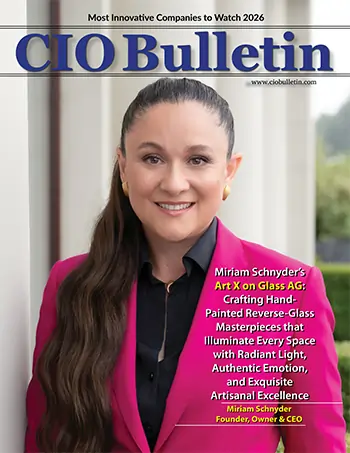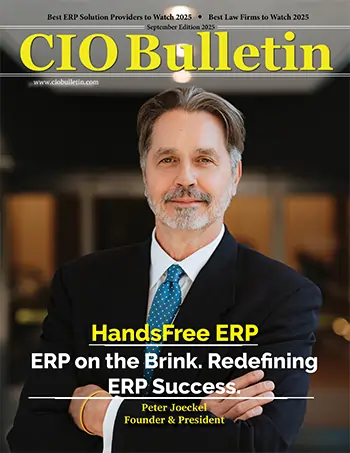Home Industry Real estate Transforming Unused Garage Lev...
Real Estate

CIO Bulletin
21 October, 2025
Empty garage floors in New York often sit quiet for long stretches, a visible but overlooked tranche of urban square footage. Parking demand fluctuates by hour, and mismatches between supply and local needs mean owners miss steady income and residents face scarce short-term spots. Property managers and owners who measure hourly use and costs can spot patterns that point to practical, low-cost options to put space to work.
Recent shifts in commuting, delivery logistics and mixed-use development have changed when and where parking is needed, making underused floors more valuable than many expect. Regulatory clarity, simple safety upgrades and modern access controls reduce barriers for temporary rental, storage or last-mile staging. With clear cost models and local partnerships, property owners can move from empty blocks to reliable revenue streams and start putting plans into action starting within months, not years.
An audit over several weeks reveals predictable vacancy windows—late nights, midday lulls, and weekend shifts. Logging entries, peak hours, clearance, and lighting turns empty bays into usable inventory. Comparing hourly operational costs—cleaning, lighting, incidental staffing, incremental insurance—against projected rental rates reveals margins for short-term parking, storage, or staging.
Partnering with local parking management companies shortens setup time and streamlines compliance; they handle bookings, liability, and customer service for a revenue share. Run a short pilot on one level, model breakeven under conservative demand, then refine pricing and split—try a three-month pilot with hourly pricing and a 60/40 revenue share.
A stoop-lined residential tower can leave bays empty midday while residents return at night; flexible-use setups convert those hours. Resident-priority windows, digital permits and reserved spots keep tenant access intact while opening remaining bays to hourly users or storage. Pricing tiers and resident credits protect convenience and income.
Commercial blocks benefit from dedicated tenant bays and a delivery zone that keeps couriers out of customer lanes. Mixed-use sites work best with separate entry points or timed gates to cut cross-traffic. Near transit hubs, short-term hourly slots during rush hours capture commuter demand. A four-week trial of a segmented-entry layout with dynamic peak pricing often reveals demand patterns.
A stack of zoning maps and stamped certificates often decides whether a floor can switch uses. Review zoning classifications and current occupancy limits, then match proposed uses to permitted groups and occupancy thresholds. Permitted-use labels, accessory rules and outstanding violations shape timelines and costs.
Mechanical ventilation, emergency lighting, clear signage and unobstructed egress merit a careful technical check for code alignment. Plans filed with the NYC Department of Buildings, including diagrams, ventilation testing and test results, prevent later stop-work orders, while verified liability coverage protects owners and users. Simple permit-ready checklists plus a DOB pre-submission meeting often cut approval time.
A sensor-equipped gate keeps a quiet bay active. License-plate readers log arrivals, cloud-based access systems trigger time-based passes and send alerts when a bay exceeds its reservation window. Remote monitoring cuts routine patrols, while audit logs simplify dispute resolution and streamline payroll by reducing on-site attendants.
Bright, zoned lighting and clear directional signs reduce fumbles and claims; swapping to LED fixtures with motion control lowers energy and raises perceived safety. Regular walkthrough checklists, monthly cleaning cycles and visible maintenance logs build confidence. A QR-code ticket system that creates time-stamped work orders and a 48-hour repair SLA provides measurable reliability as a practical operating benchmark.
A lunchtime map dotted with 'available' markers outside a low-rise garage shows neighboring demand. Affordable listings on local apps, neighborhood business groups and workplace boards reach commuters and nearby shops. Clear photos, hourly options and a lobby QR code convert casual interest into bookings while keeping visibility on frequent routes.
Stable income comes from repeat users. Monthly or weekly passes, plus peak/off-peak rates and short-duration microblocks, smooth spikes and reward regulars. Tenant surveys and a simple portal or SMS channel after a six-week trial fine-tune hours and pricing. Weekly commuter passes priced about 20% below aggregated daily-hour cost often lock in habitual users.
A market-ready option for underused garage levels in New York. Repurposing floors with safety upgrades, access controls and targeted pricing converts idle bays into steady revenue. Match models to building type, run a short pilot, document costs and liability, and file DOB plans early to avoid setbacks. Promote availability to commuters and businesses with simple listings and monthly passes to keep repeat users. Big gains come from small, data-driven steps, measure demand, adjust pricing, maintain safety and protect tenants. Start with a two-week occupancy audit and a DOB pre-submission meeting this month to pilot one level and begin earning.







